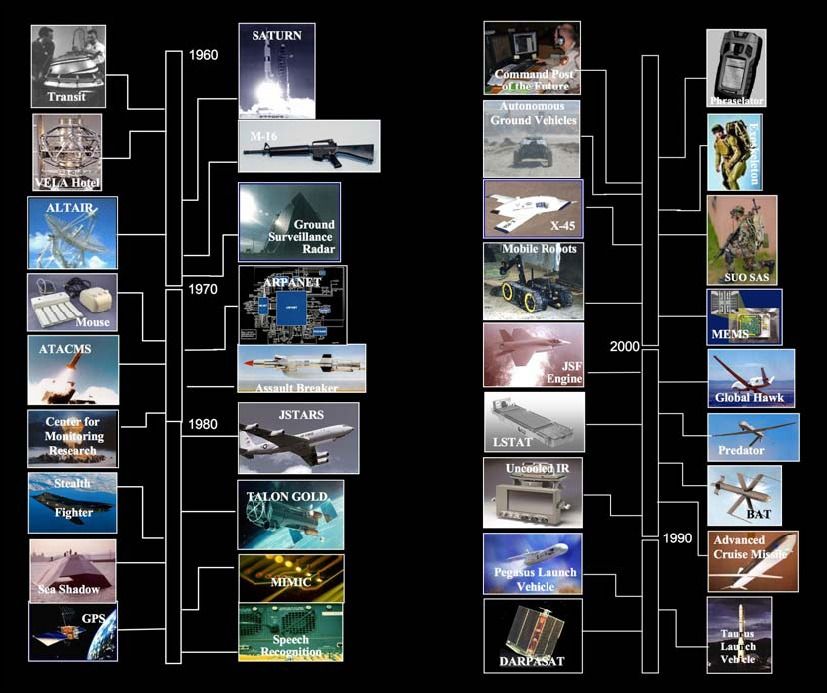Mar 21, 2007
New Sensor Detects Gaseous Chemical Weapon Surrogates In 45 Seconds
Posted by Michael Anissimov in category: chemistry
From ScienceDaily.com:
Using lasers and tuning forks, researchers at Pacific Northwest National Laboratory have developed a chemical weapon agent sensing technique that promises to meet or exceed current and emerging defense and homeland security chemical detection requirements. The technique, called Quartz Laser Photo-Acoustic Sensing, or “QPAS,” is now ready for prototyping and field testing.
PNNL, a Department of Energy national laboratory, has demonstrated QPAS’s ability to detect gaseous nerve agent surrogates. In one test, researchers used diisopropyl methyl phosphonate (DIMP), which is a chemical compound that’s similar to sarin. QPAS detected DIMP at the sub-part-per-billion level in less than one minute. The miniscule level is similar to letting one drop of liquid DIMP evaporate into a volume of air that would fill more than two Olympic-size swimming pools.
Continue reading “New Sensor Detects Gaseous Chemical Weapon Surrogates In 45 Seconds” »








